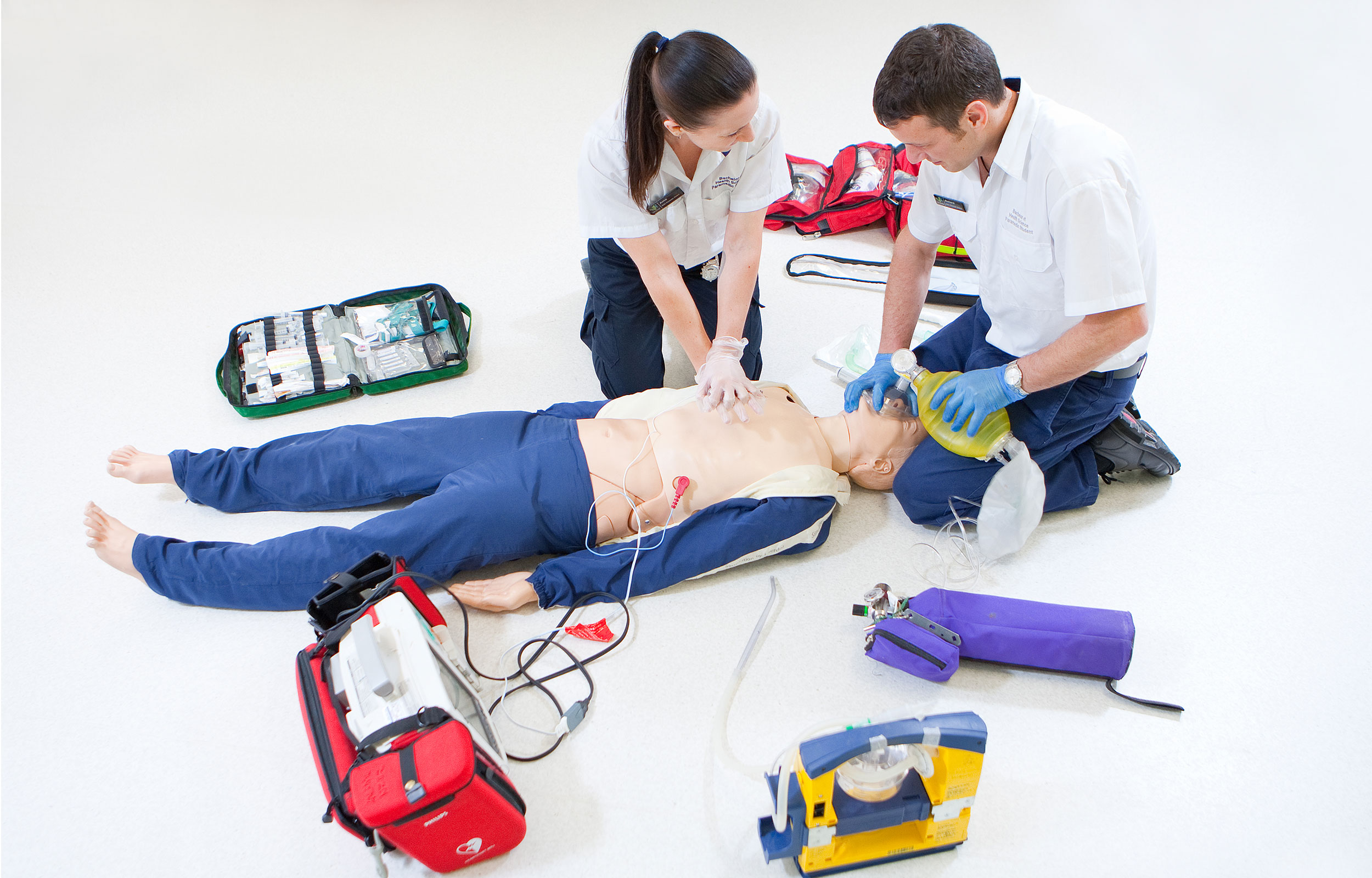The field of emergency medical services is an essential one and a career within it can be rewarding. It is centered around the saving of lives and offering life-saving treatment. If you’re contemplating becoming an Emergency Medical Technician (EMT) or making the leap to the highly regarded job of a paramedic you’ll be entering a career with high potential for growth and a high demand for highly skilled professionals. In this article, we’ll guide you through the steps to become an EMT and paramedic, exploring the various training options available, including DSHS approved EMS training course.

Understanding the significance of EMTs and Paramedics
First responders, Emergency Medical Technicians and Paramedics provide immediate medical care in an emergency situation. They are certified to evaluate patients, administer vital medical treatments, and take patients in a safe manner to hospitals for further medical treatment. EMTs and paramedics play a important role in stabilizing patients during critical moments, making split-second decisions and providing caring care during times of anxiety.
Step 1: Becoming EMT
To become an EMT In order to become an EMT, you have to be able to complete the necessary education and training programs and certifications, which may vary based on the level of certification you wish to achieve. There are three degrees of EMT certification.
1. EMT-Basic (EMT-B) The EMT-B is the entry-level certificate and requires around 100 to 150 hours of education. EMTs-B are trained in basic medical treatment, including CPR and bleeding control, and basic management of airways.
2. EMT Intermediate (EMT I): EMT I requires additional training, which can differ by state. In some areas it is integrated with EMT-B, while in others, it involves around 200-400 hours of education, which includes increased medical expertise as well as intravenous therapy.
3. EMT-Paramedic: This is the most advanced level of EMT certification. It is a demanding training that lasts between 1,000 to 1 800 hours. Paramedics can perform advanced medical procedures such as administering medications, interpreting EKGs and advanced airway management.
Step 2: Pursuing Paramedic Certification:
To qualify as a paramedic, you must first complete the EMTB and EMTI levels as well as gain some practical experience. Then, you can enroll in the paramedic program which takes between one and two years. This comprehensive program will cover advanced medical concepts and provide you with the abilities and knowledge to manage critical circumstances on your own.
Explore EMT possibilities for training:
You have several options regarding EMT certification, depending on what level you want to achieve. EMT training is typically offered by community colleges and medical trades schools for all levels of certification. The programs provide a mix of teaching in the classroom, hands-on training as well as practical encounters in field and clinic environments.
If you’re searching to pursue a more comprehensive and extensive EMT training that will lead to a degree or colleges may provide EMT training at the level of EMT-Paramedic. These programs provide a more comprehensive understanding of emergency medical services and give the user a greater understanding of medical decisions and patient care.
Step 4: Ensuring DSHS approved EMS Training:
If you’re interested in becoming an paramedic or EMT, it’s essential that the training program selected by you is DSHS-approved. The Department of State Health Services accepts EMS courses to ensure they meet high standards of competency and education. You can be assured of receiving the highest quality of instruction by enrolling in a DSHS certified EMS training course.
Becoming an EMT or paramedic is an extremely rewarding and highly respected career choice. As first emergency responders, EMTs and paramedics play important roles in saving lives and offering emergency medical assistance in situations. To be aspiring EMTs or paramedics to begin this life-saving endeavor they must complete the education and training programs. They can pick from a range of EMT programs, depending on their preferred certification level. These include medical schools, community colleges and university programs.
Additionally, when considering training options, it’s essential to make sure that the EMS training program is DSHS accredited. If you do this you’ll be sure that you’re getting a top-quality training that meets the required standards to obtain EMT and paramedic certification.
As the demand for skilled emergency medical professionals continues to grow and increase, a career in EMS can provide a wide range of opportunities and the possibility of making a an impact on the lives of those around you. Whether you start with an EMT-Basic certification or want to become a paramedic, your commitment to providing crucial healthcare will be rewarded with an exciting and meaningful job in emergency medical care.